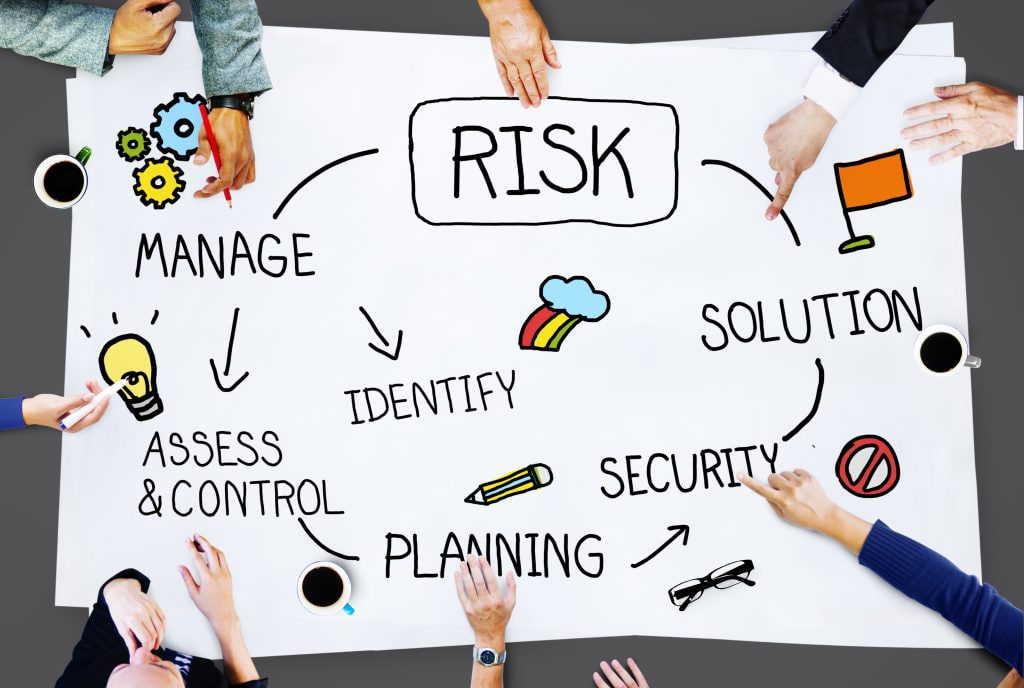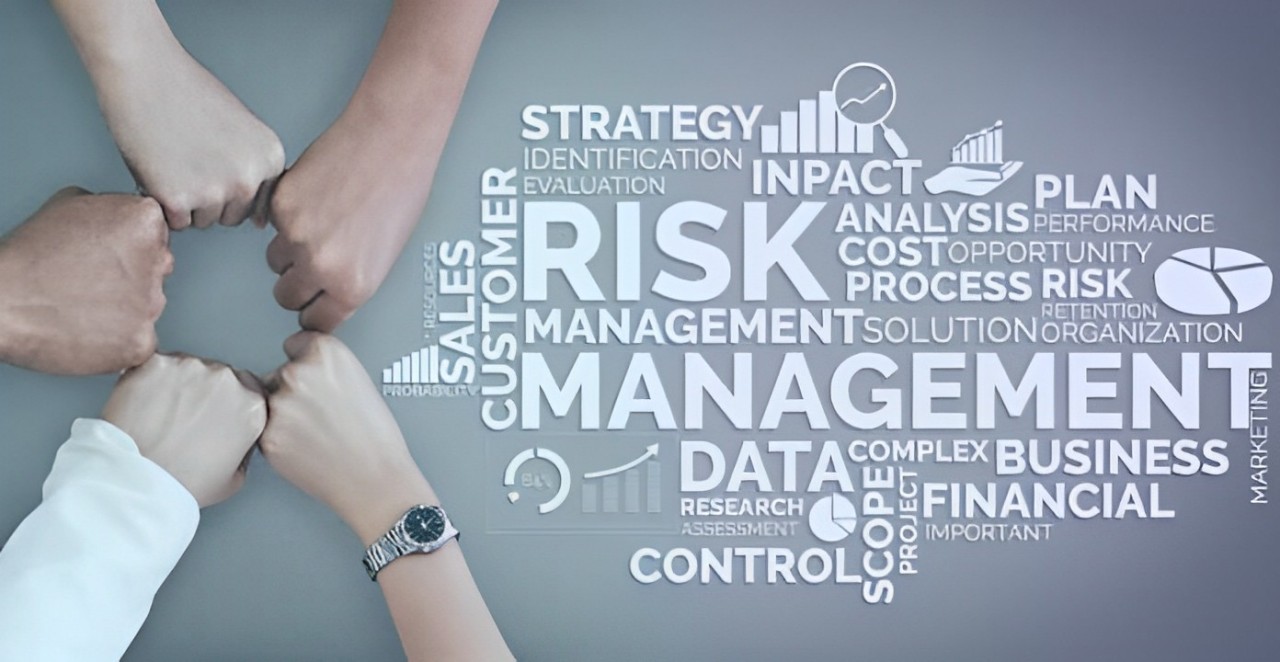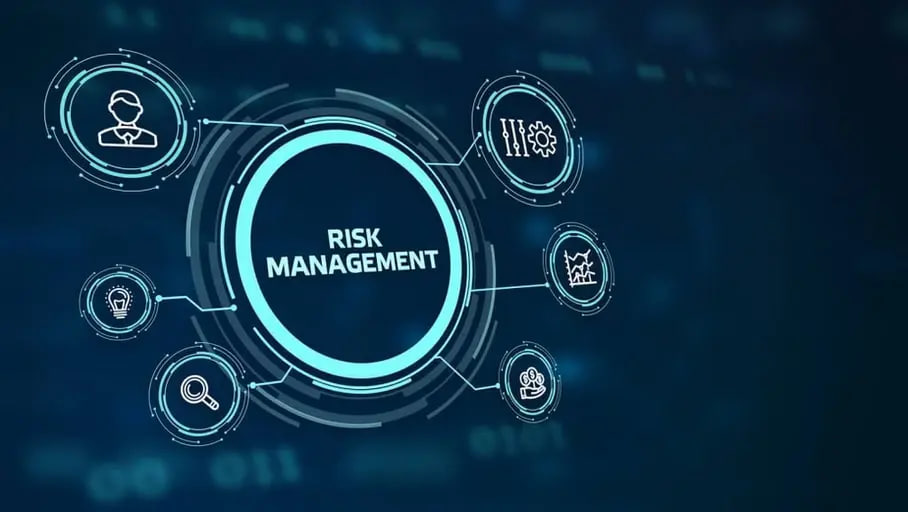Risk Management is the process of identifying, assessing, and prioritizing risks, followed by the coordinated application of resources to minimize, monitor, and control the probability or impact of unfortunate events or to maximize the realization of opportunities. Essentially, risk management involves identifying potential threats to an organization or project, evaluating how those risks might impact objectives, and then implementing strategies to mitigate or manage those risks effectively.


Key Components of Risk Management
- Risk Identification
The first step in risk management is to identify potential risks that could affect an organization or project. This could include anything from financial risks, operational risks, and cybersecurity threats to natural disasters, legal challenges, or market volatility.- Types of Risks:
- Strategic Risks: Related to business decisions, such as entering a new market.
- Operational Risks: Involve day-to-day activities, such as supply chain disruptions.
- Financial Risks: Related to financial stability, such as credit risk or investment risk.
- Compliance Risks: Related to the organization’s adherence to laws and regulations.
- Reputational Risks: Risks that could harm the organization’s public image.
- Types of Risks:
- Risk Assessment and Evaluation
Once risks are identified, they need to be assessed in terms of their likelihood of occurrence and the potential impact on the organization.- Qualitative Risk Assessment: Subjective evaluation of risks based on experience and intuition. For example, categorizing risks as “high,” “medium,” or “low” in terms of impact and probability.
- Quantitative Risk Assessment: Uses numerical data and statistical analysis to quantify the potential impact and likelihood of risks, helping to determine which risks pose the greatest threat.
- Risk Control or Mitigation
After assessing the risks, organizations must decide how to manage them. This involves creating strategies to either reduce the likelihood of the risk occurring or lessen the impact if it does occur. Risk management strategies fall into four main categories:- Avoidance: Altering plans to eliminate the risk. For example, discontinuing a project or moving operations to a safer location.
- Reduction: Taking steps to reduce the impact or likelihood of the risk. For example, investing in cybersecurity measures to reduce the risk of a data breach.
- Transference: Shifting the risk to another party, such as purchasing insurance or outsourcing certain tasks.
- Acceptance: Acknowledging the risk and choosing to live with it, especially if it’s unlikely to have a significant impact or if the cost of mitigating it is too high.
- Risk Monitoring and Review
Once risk mitigation strategies are implemented, ongoing monitoring is crucial to ensure that risks are effectively managed. New risks may emerge, and existing risks may evolve, so it’s important to continually assess and adjust strategies. Regular reviews ensure that the organization is proactive and adaptive in managing risks. - Communication
Throughout the entire risk management process, effective communication is key. All stakeholders need to be informed about potential risks and the strategies in place to manage them. Clear communication ensures that everyone in the organization understands their role in mitigating risks.
The Importance of Risk Management
- Minimizes Potential Losses: By identifying and managing risks early, organizations can minimize the impact of adverse events on their operations, finances, and reputation.
- Enhances Decision-Making: Effective risk management provides the data and insights needed to make informed decisions, helping organizations to act confidently and avoid surprises.
- Protects Resources: Proper risk management helps protect valuable assets such as financial capital, intellectual property, human resources, and brand reputation.
- Improves Strategic Planning: Understanding risks allows organizations to set realistic goals and develop strategies that incorporate risk mitigation, making long-term plans more achievable.
- Increases Stakeholder Confidence: Investors, customers, and other stakeholders are more likely to have confidence in an organization that has a structured approach to managing risks, contributing to business sustainability.
Common Risk Management Frameworks
Several frameworks and standards are commonly used in risk management:
- ISO 31000: This international standard provides guidelines on managing risks faced by organizations and offers a structured approach to risk management.
- COSO ERM Framework: Developed by the Committee of Sponsoring Organizations of the Treadway Commission, this framework focuses on enterprise risk management (ERM) and is widely used in the business and financial sectors.
- Risk Management Process (PMBOK): In project management, the Project Management Body of Knowledge (PMBOK) outlines processes for managing risks throughout the lifecycle of a project.
Example of Risk Management in Action
Example: A company that relies heavily on a global supply chain may identify the risk of supply disruptions due to geopolitical tensions or natural disasters. Through risk management, the company might:
- Assess the likelihood and potential impact of these disruptions.
- Decide to diversify suppliers or stockpile critical materials (risk reduction).
- Purchase insurance to cover potential losses from disruption (risk transference).
- Create contingency plans, including alternative transportation routes or sourcing options (risk avoidance).
Through this proactive management, the company is better prepared to handle unforeseen challenges and minimize disruptions.
Recommendation: SITES LEARN SEO
Recommendation: KPOP NEWS ASIA




